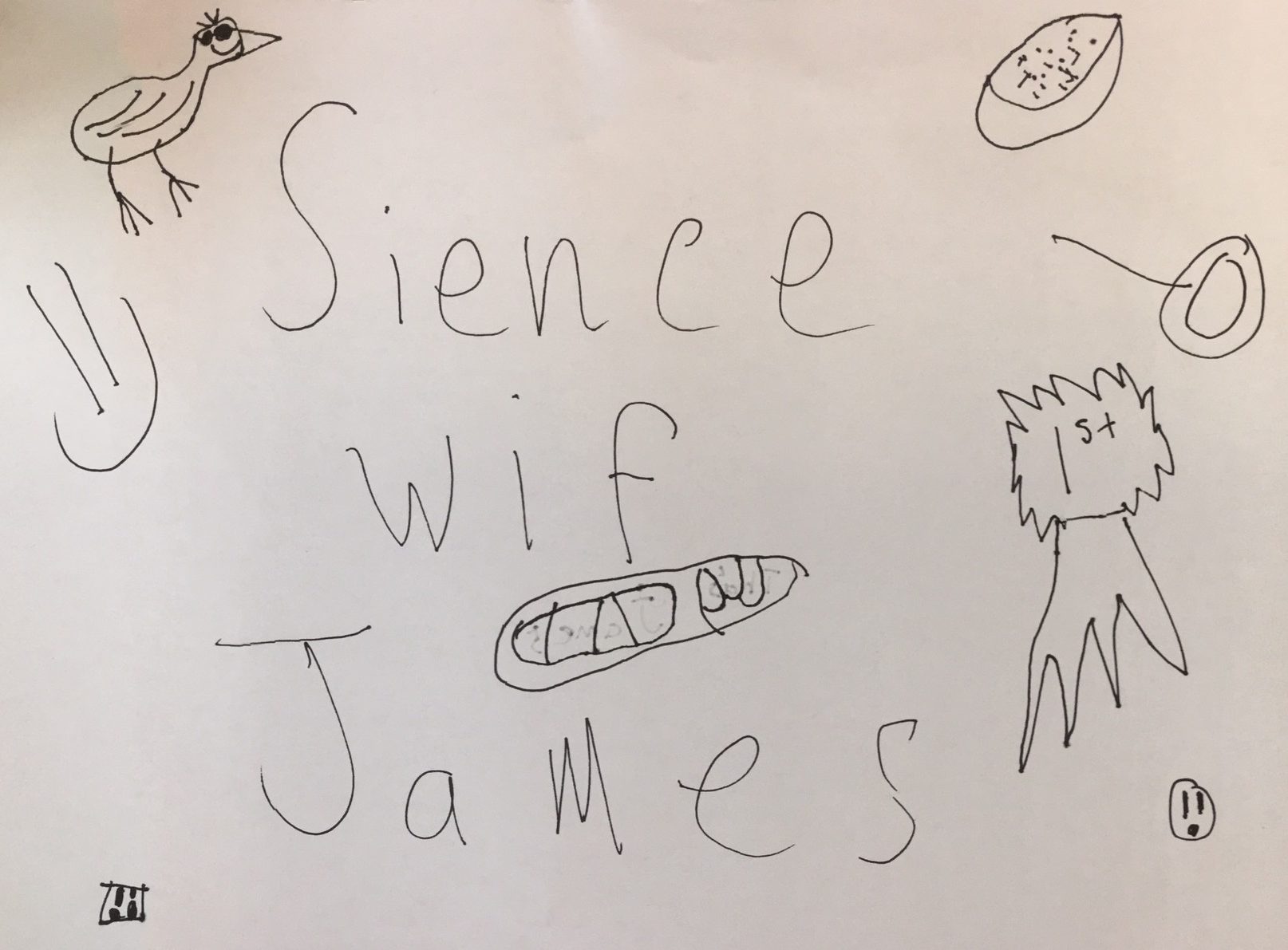Press Release
23/08/19
Archaeologists from around the world will be descending on IT Sligo on Wednesday the 28th of August for a very special five day International Conference to discuss the use of the latest technology in exploring our past.
The use of drones, geophysics, data mining and artificial intelligence will be among the topics discussed by some of the world’s leading archaeologists that has attracted over 140 delegates from 33 different countries from as far away as New Zealand and Japan. Researchers will be sharing how they are using some of these technological advances in their studies and excavations of ancient sites in places such as Iraq, Egypt, Ethiopia, Turkey, Sri Lanka and Sudan.
The 13th International Conference on Archaeological Prospection, which IT Sligo are hosting, is held every two years at various international locations and this is the first time it has been held in Ireland. It will bring together specialists in archaeological geophysics and remote sensing to present their latest work.
This year’s conference was organised by IT Sligo Lecturer Dr James Bonsall who specialises in archaeological geophysics and has managed research at some of Ireland’s leading archaeological sites including a dig at Carrowmore, Sligo, this summer. The conference will also see the launch of a specially commissioned book, New Global Perspectives on Archaeological Prospection, edited by Dr Bonsall. This comprehensive book includes over 90 papers of all time periods, from the Palaeolithic to the 20th century including nine UNESCO World Heritage Sites. Speaking at the announcement of the conference Dr Bonsall said:
“Archaeological prospection allows us to study archaeological sites that are hidden under the ground. The global experts that we’re bringing to Sligo will demonstrate how they have used various geophysical and remote sensing techniques to uncover archaeological features by ‘seeing beneath the soil’.”
President of IT Sligo, Dr Brendan McCormack welcomed the international conference to the Institute and the region:
“This International Conference is a great opportunity for Irish Archaeologists to share experiences with colleagues from around the world. It’s a privilege to be able to hold this event and acknowledges IT Sligo as a centre of excellence in Archaeology by our international colleagues. I would like to add my sincere thanks to James and the Faculty of Science at IT Sligo in bringing this international event to Sligo.”
The Keynote speakers at this year’s International Conference on Archaeological Prospection will include:
Michael MacDonagh, Chief Archaeologist of the National Monuments Service
Rónán Swan, Head of Archaeology and Heritage at Transport Infrastructure Ireland
Virginia Teehan, Chief Executive Officer of the Heritage Council
Anthony Corns, Technology Manager, the Discovery Programme, Centre for Archaeology and Innovation Ireland
The Conference Dates and times, as currently scheduled are:
Wednesday 28th August 9.00-17.20
Thursday 29th August 9.00-17.40
Friday 30th August 9.00-17.40
Saturday 31st August 9.00-19.00
Sunday 1st September – Field Trip to Carrowmore and Knocknarea.
Dr Bonsall has highlighted a number of papers that he’s looking forward to. “We have a fantastic programme lead by Irish archaeologists and international researchers that will create great discussion on the future of archaeological prospection. One of the most exciting innovations of the next decade will be adapting drones to collect high-quality geophysical data – essentially ‘flying or hovering X-ray vision machines’ – and we have pioneers of those methods, Roland Linck and Matt Guy, showcasing their latest research and the challenges that these new technologies present. Anthony Corns will illustrate how The Discovery Programme has used prospection techniques in Ireland and Europe over the last 26 years. Machine learning and automated interpretation is another developing area that Ashley Green has been studying, she has been teaching computers to recognise the presence of previously unrecorded graves and burials from millions of data points collected across Ireland using ground-penetrating radar. Sean Field has been analysing remote sensing data from Inishark to map abandoned houses and churches on the island. We have two papers looking at Newgrange, Roman Pasteka has been using novel microgravity over the passage tomb and Joanna Leigh identified a new and unique Neolithic monument, a brand new discovery at the World Heritage Site.”
